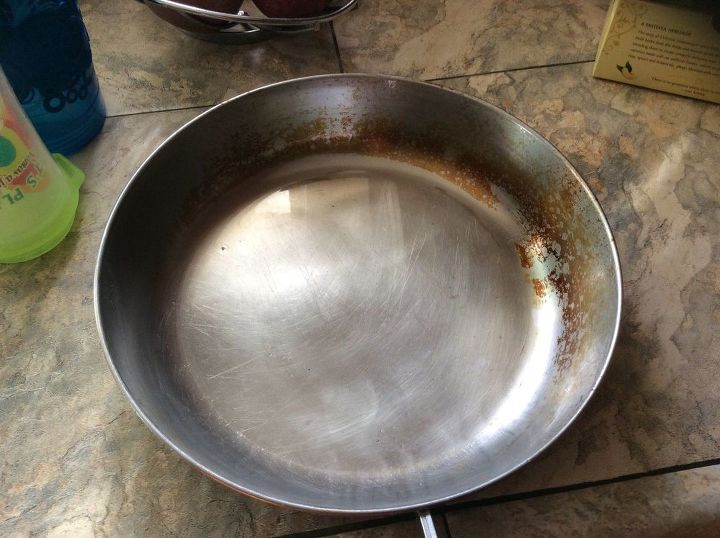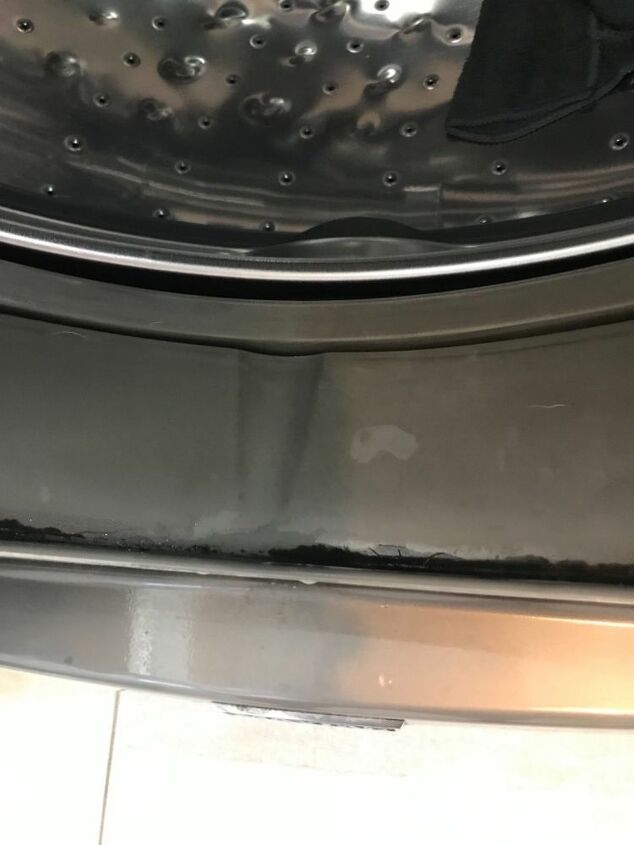How to clean a washing machine with vinegar?

My washing machine has been smelly kind of musty these days. How can I clean it using vinegar?
Related Discussions
How to clean a mirror without streaks?
Every time I clean my mirrors, they end up having tons of streaks and almost look worse than before I started. What could I use to clean them that won't leave streaks... See more
How to clean burns on stainless steel pans?
Help! I burned my pan. How do I clean stainless steel cookware that's been burned?
How to clean shower doors
How to clean glass shower doors
How to clean hardwood floors in the kitchen?
What is the best way to clean hardwood floors in the kitchen?
How to clean my kitchen cabinets from grease?
My kitchen cabinets are embarrassingly greasy. Please share your degreasing tips with me so I don't have to cringe every time I glance at my cabinets.
How do I clean the black mold on the rubber of my washing machine?
How to clean washing machine that may have been exposed to asbestos?
Sister in law freaking out that her son washed clothes that were possibly exposed to asbestos. Is her washing machine ruined?



Just run white vinegar through a short cycle. It is proven the vinegar solution works the best to break down all the build up from soap etc.
VINEGER is the answer. Start out with two cups white vinegar and run it through the normal warm/cold cycle w/out any soap and low water. Do this twice, the second time using only one cup V. In-between, use the second vinegar and a soft scrub sponge to wipe off all the remaining soap scum.
I use vinegar routinely in the rinse cycle, the amount is based on the size of the load. It kills mold and spores that love to grow in moist dark places, and the washer is a perfect place for that. At the end of the cycle, open the door (front loader) and remove the load. Take a rag and moisten it with vinegar and wipe all rubber surfaces. Be extra certain to get down into the areas where the water drains out. Leave the door open to let it dry, also wipe dry the chute where you add detergent and leave that open.
Be very careful in the use of vinegar and make sure you clean and rinse thoroughly afterwards. If not, it can degrade your gaskets.
Step 1: Create a Vinegar Solution And Spray
Create a white vinegar solution in your spray bottle and start spraying the inside of the drum.
Step 2: Scrub With Clothe
Scrub the sprayed surfaces away with the microfiber clothe very neatly, leaving nothing untouched.
Step 3: Wipe The Gasket
The rubber gasket that lines the door is a very important scum-collecting part of your front-loading washer that you must clean in detail. We discussed above how it can collect all sorts of dirt and even hair from your laundry. Wipe off any grime and mildew you find around it.
Step 4: Clean Detergent Drawer
Measure out two cups of distilled white vinegar and pour it into the detergent drawer before turning the washer on. Remember to set it to the hottest and longest wash cycle.
Step 5: Remove Vinegar Smell
Get rid of the smell of vinegar by sprinkling baking soda directly into the drum. Run another cycle of the hottest and longest wash cycles.
Step 6: Clean The Exterior With Vinegar
Start scrubbing the entire exterior of your front loader with the microfiber clothe after spraying it with white vinegar solution – don’t miss the knobs or control panel
Step 7: Air Dry Your Machine
Let the machine air dry by leaving its door partly open to avoid any musty odor, mold, or mildew from developing further
if you have a front load washer you need to clean and dry the rubber gasket around the drum and leave door open when not in use - you can spray with vinegar let it sit then dry it off also run a hot water load of one cup of vinegar (white) without clothes in it and it should clean it too